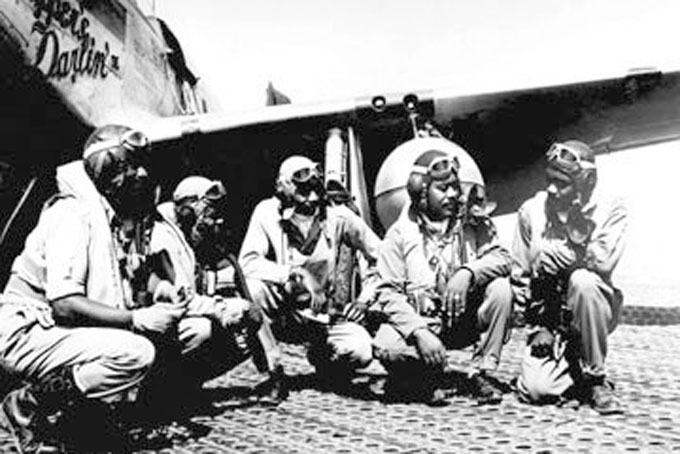1848—Anti-slavery activist and the foremost Black leader of his day Frederick Douglass gives a stirring speech at the First Women’s Rights Convention, which took place in Seneca Falls, N.Y.
Douglas helped sway the 260 women and 40 men present to back a women’s right to vote resolution being pushed by Elizabeth Cady Stanton. Initially, many of the delegates opposed the resolution fearing it was too radical an idea for the times but changed their minds after hearing Douglass’ presentation. Women would not finally get the right to vote until 1920.

1941—The first U.S. Army Flying Academy for Black cadets is officially dedicated at Tuskegee, Ala. Between 1940 and 1946, 992 pilots were trained. More than 400 would see action in World War II even though many Whites initially felt Blacks were not intelligent enough to fly airplanes. The Tuskegee Airmen, as they became known, would fly with great distinction during the war. They were credited with downing 109 German planes and destroying numerous enemy fuel dumps, trucks and planes. Approximately 150 of them lost their lives during training or combat. Finally, in March 2007,more than 300 surviving members and their wives were honored and the airmen received the Congressional Gold Medal.
1952—Joe Louis Reliford broke the color barrier in Georgia State Baseball in Statesboro, Ga. He pinch hit, threw out a runner from left field and robbed the Statesboro Pilots best hitter, Jim Shuster of a home run—all in one inning and at the age of 12. His historical catch is on display in Cooperstown, N.Y., where he is the only batboy among Major League Baseball Hall of Fame Inductees. Reliford is the author of “From Batboy to the Hall of Fame.”
1967—The first Black Power Conference takes place in Newark, N.J. More than 1,000 delegates representing 126 organizations attended. The conference represented a break with the integration-with-Whites thrust of the Civil Rights Movement of…
Read the full article here





